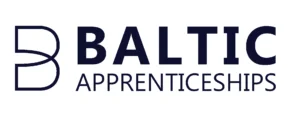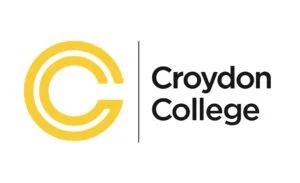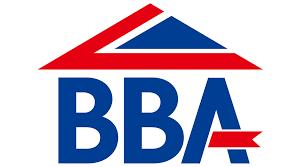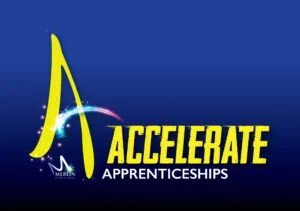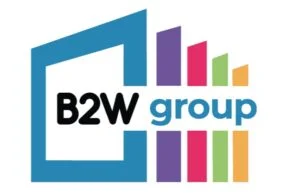What’s the difference between a re-sit and a retake in end point assessment?
Apprentices who fail one or more end point assessment method will have the opportunity to re-sit or retake the assessment.
What is a re-sit in end point assessment?
A re-sit involves the apprentice sitting one or more failed components of EPA again, without the need to undertake further training.
Re-sits can only be taken where an assessment has been failed, and not to increase the grade (for example from a Pass to a Distinction).
What is a retake in end point assessment?
A retake involves the apprentice having to undergo further learning before taking the assessment again.
In the case of a retake, feedback from the initial EPA results should be used by the employer and training provider to develop a supportive action plan, identifying areas of weakness and a training plan to address these.
The action plan should clearly state the nature and extent of the re-training and include the estimated time to prepare the apprentices for the retake. The timescales will be agreed with the EPAO.
Some assessment plans state that if more than one element of EPA is failed, the apprentice must undergo a retake rather than a re-sit. See the relevant assessment plan for any specific criteria set.
The ESFA recommends apprentices do a maximum of two re-sits before a retake is needed. The requirement varies between different assessment plans, but the decision is usually left to the employer to decide whether their apprentice should re-sit or retake their end point assessment.
Who pays for end point assessment re-sits?
It is the employer’s decision as to whether an apprentice re-sits or retakes their end point assessment, and the employer is responsible for the cost of these. Resits are ineligible costs and so are not funded by the ESFA.
Apprentices cannot be asked to pay for costs of training, assessment, re-sits or retakes.
Do you have a question about EPA? Our team are on hand to help – get in touch to find out more.





